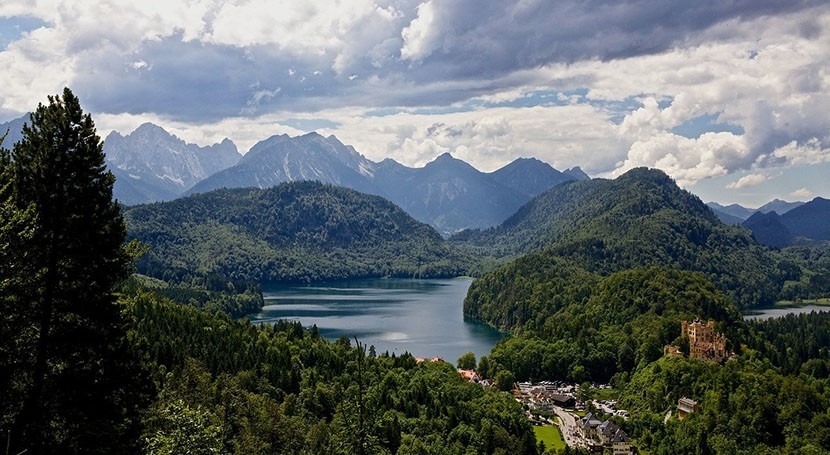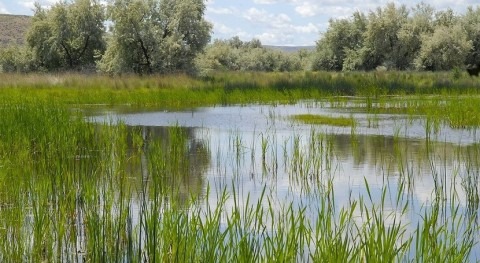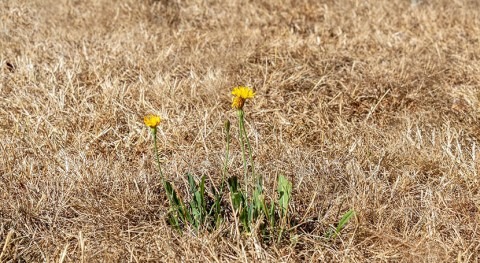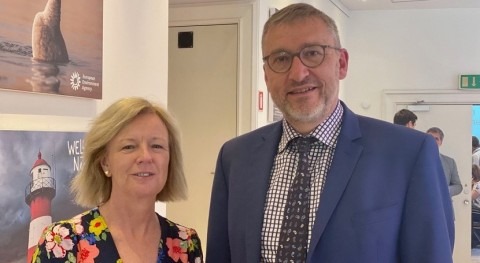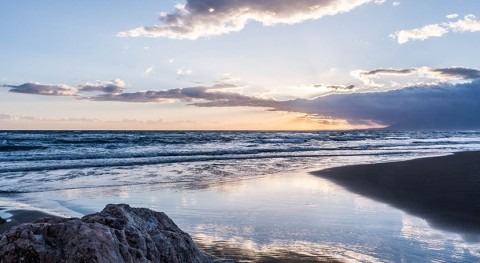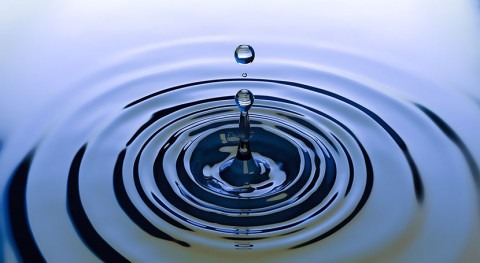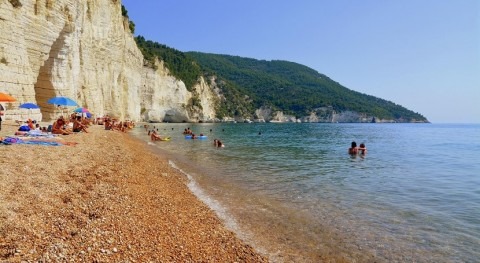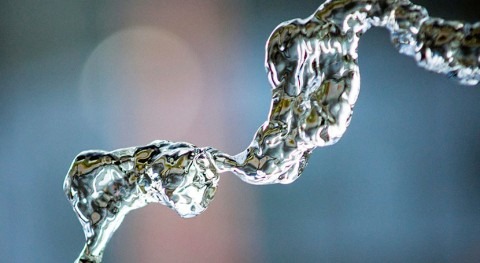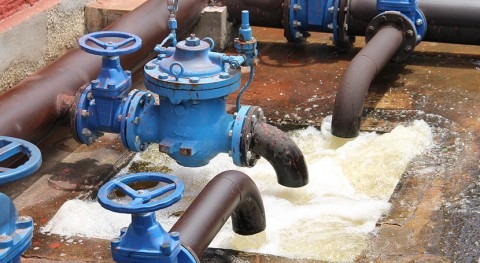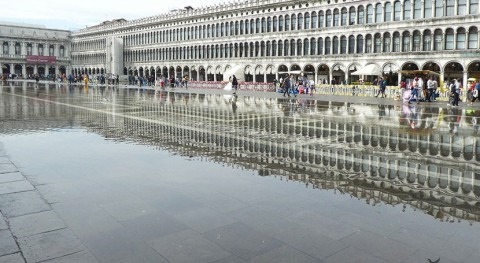The EEA has published a new indicator that tracks findings of pesticides in Europe’s rivers, lakes and groundwaters. The data, collected from EEA member countries across Europe, shows the share of water bodies where excessive levels of pesticides have been recorded from 2013 to 2019. The data are limited to those pesticides reported by countries to EEA for which exceedance thresholds have been set in Europe.
The new EEA indicator shows that levels of pesticides exceeding thresholds were measured in a quarter of all reported monitoring sites in European surface waters in 2019. From 2013 to 2019, this share varied between 13% and 30%. The share for groundwater with exceedances was considerably lower, at between 3% and 7%.
The dataset, reported by countries voluntarily, still has considerable gaps and it is too early to detect a stable trend in pesticides pollution in European waters.
Pesticides differ from many other pollutants as they are designed to have effects on organisms, such as plants, insects and fungi, and therefore can have an impact on the environment. In the EU, pesticides are regulated on the basis of high protection goals for human health and the environment, with being authorised only after a comprehensive scientific risk assessment. Nevertheless, pesticide contamination of surface waters and groundwater can still occur and could affect aquatic fauna and flora.
The EEA aims to update the indicator next year and it will be part of a wider set of indicators that track progress on the European Commission zero pollution ambition, “Farm to Fork” and Biodiversity strategies that are part of the European Green Deal.


